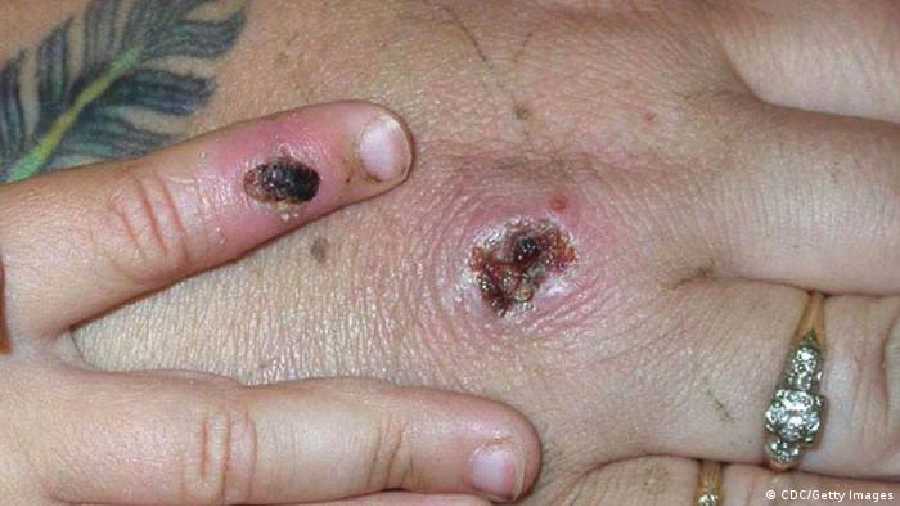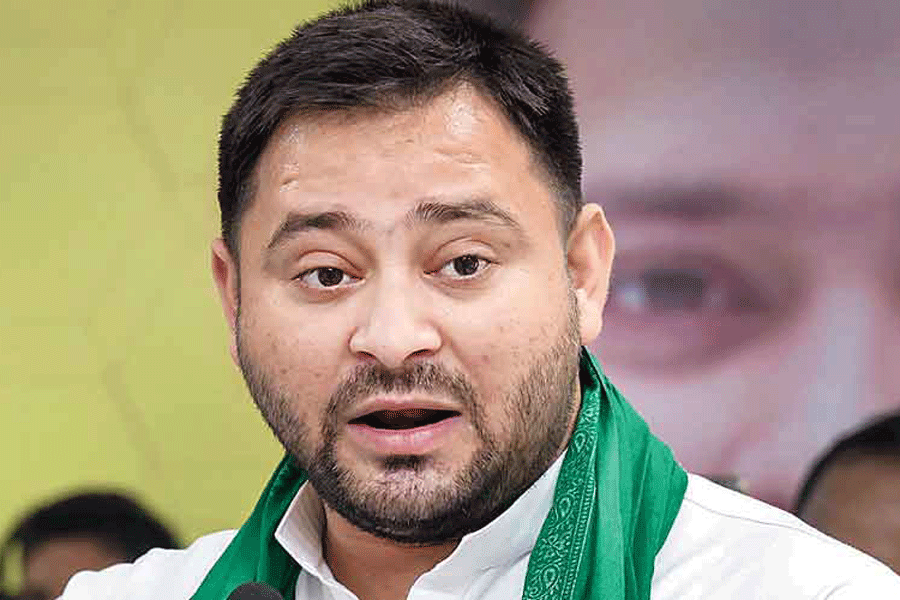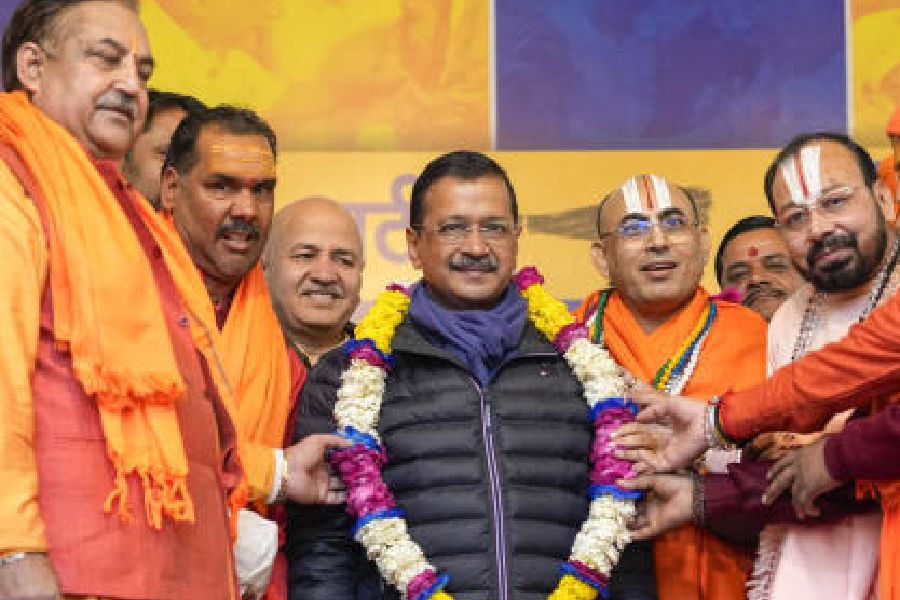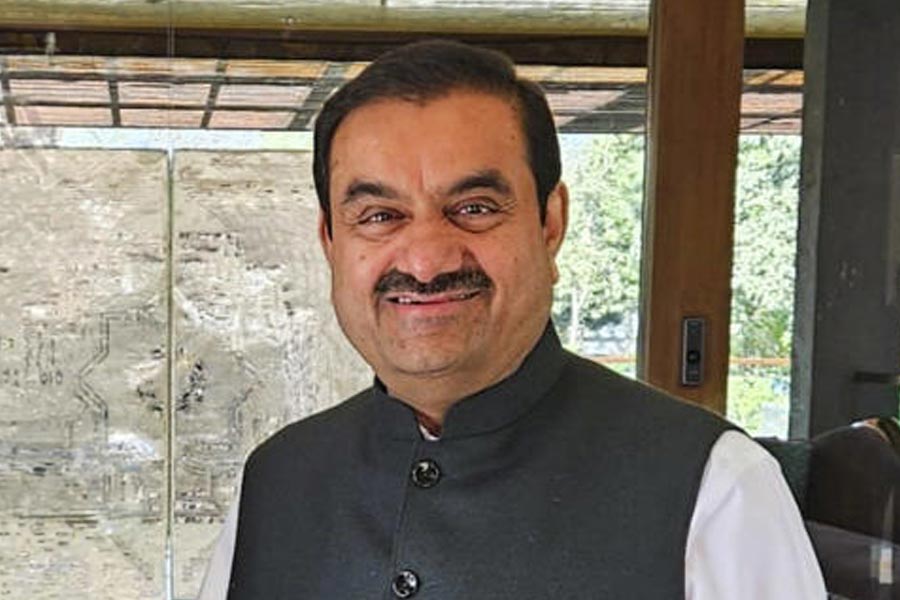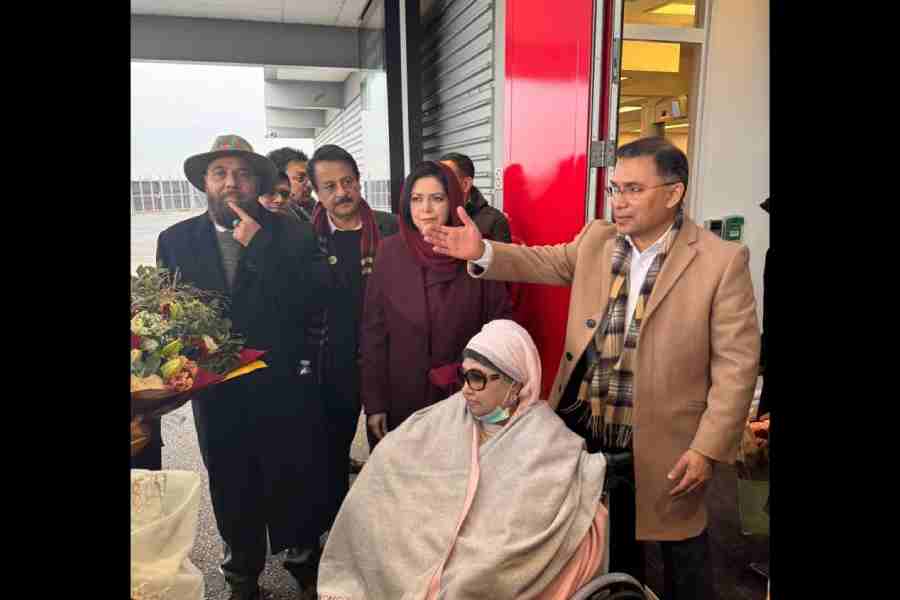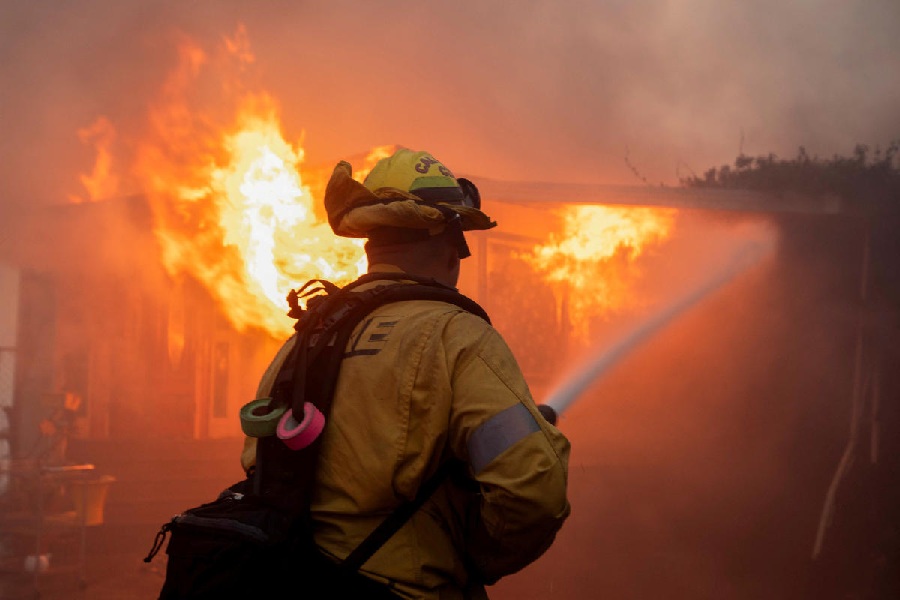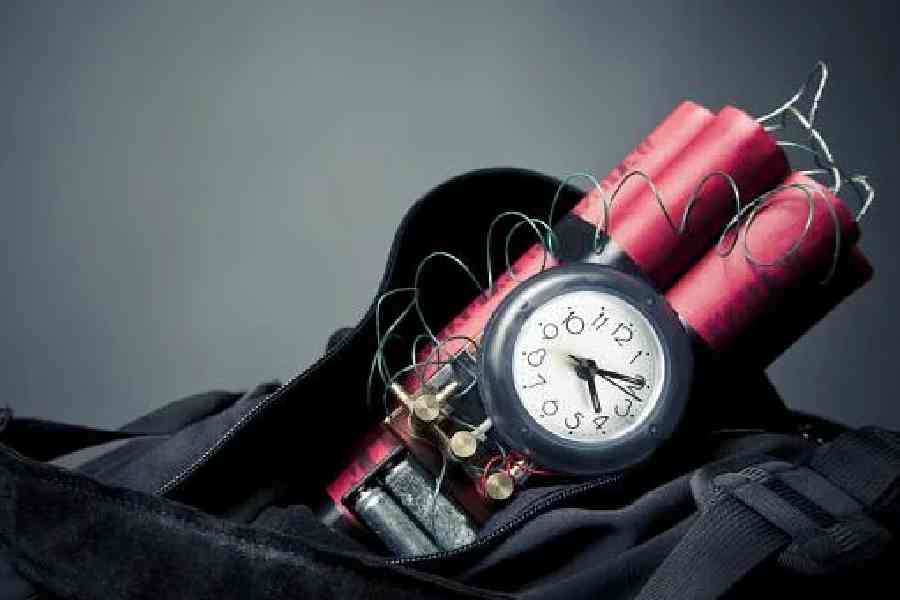The Union health ministry on Tuesday released guidelines for surveillance and management of monkeypox, a viral disease of animal origin that has caused human infections in 25 countries over the past month, although no case has been documented in India so far.
The guidelines focus on surveillance and rapid identification of new cases as key public health measures to contain outbreak and require disease surveillance units nationwide to look out for any suspected cases or clusters and initiate diagnosis, isolation, and management.
Monkeypox, a viral disease with symptoms similar to smallpox but with less severity, has been known to cause human disease since an outbreak in Congo in 1970. Since then, it has caused occasional outbreaks in central and western Africa. But over the past month, it has emerged in countries across Europe, North America and South America.
“There are no reported cases of monkeypox virus in India as on May 31, 2022. However, India needs to be prepared in view of the increasing reports of cases in non-endemic countries,” the health ministry said in the guidance document.
The ministry has said “even one case of monkeypox is to be considered as an outbreak” and directed district-level surveillance units to report any suspected case immediately to the state and central surveillance units and initiate detailed investigations by rapid response teams.
The guidelines outline the diagnostic procedures, the infection prevention and control measures, patient isolation and ambulance transfer strategies and clinical management protocols. Any contacts of cases should be monitored daily for the onset of symptoms for at least 21 days.
All clinical samples from suspected cases should be transferred to the National Institute of Virology, Pune, for analysis through the country’s Integrated Disease Surveillance Programme and its surveillance units in districts across the country, the ministry has said.
Monkeypox is usually a self-limiting disease with symptoms lasting from two to four weeks. Severe cases occur more commonly among children and are related to the extent of virus exposure, and the patient’s health status, the ministry said. In recent times, case fatality ratios have ranged between 3 per cent and 6 per cent.
More than 600 cases of monkeypox have emerged in over 30 countries since early May and public health experts are trying to understand what might have triggered this global outbreak.
The World Health Organisation said earlier this month that epidemiological investigations are ongoing and that the cases thus far have no established travel links to the endemic areas.
“Based on currently available information, cases have mainly but not exclusively been identified among men who have sex with men seeking care in primary care and sexual health clinics,” the WHO had said in a media release on May 21.
The health ministry guidelines require surveillance units to look out for suspected cases in hospitals, skin care clinics, sexually-transmitted disease clinics, paediatric clinics, or general out-patient departments as well as initiate targeted surveillance “at sites identified by the National AIDS Control Organisation for men who have sex with men”.

